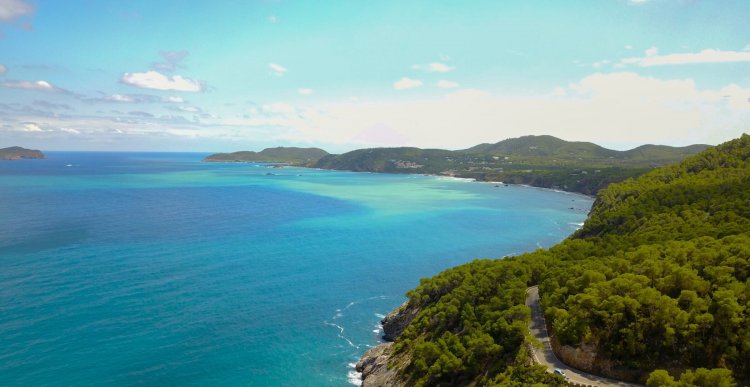A wildlife lover’s guide to the Balearic Islands
This is a guest post by Pauline Davis. After years of traveling the world, Pauline has had to succumb to… The post A wildlife lover’s guide to the Balearic Islands appeared first on Hopping Feet.

This is a guest post by Pauline Davis. After years of traveling the world, Pauline has had to succumb to a 9-5 life due to a long list of responsibilities - although, that certainly doesn’t stop her dreaming of her next travel destination. Also a keen home cook, Pauline expresses her love for both pursuits by contributing to a slew of online publications in her spare time. She also has six dogs, all of which are Labradors.
The Balearic Islands of Majorca, Menorca, Ibiza and Formentera are known world-over for their sunny climate, sandy shoes and for some of the islands, great nightlife. But this little archipelago has far more to offer than just beach holidays. From the avid wildlife lover to the holidaymaker looking to do something a bit different, the islands have a stunning array of fauna and flora on offer.
Whether you’re just looking to expand your wildlife sightings or want to get up close and personal by snorkeling, you’re sure to enjoy your Balearic Islands trip. Here are some of the animals you’ll want to keep an eye out for.

Sea creatures
Being islands, the Balearic waters are the shining jewel in their wildlife crown. They attract plenty of sea creatures, and are home to some animals that you truly won’t want to miss. Fin whales can be found next to bottlenose dolphins that play in the waves. If you’re really lucky, you may spot a loggerhead sea turtle, one of seven endangered species of turtle worldwide.
The islands are also an important area for Bluefin Tuna, as they come to Majorca to spawn. These huge fish can grow up to four metres in length and weigh up to 600kg. If you want to get up close and personal to the sea life, then a dive or snorkeling trip can be a good way to do this. Make sure to respect the creatures that you see, and do not try and touch them or get too close.

Birds
There is a particular focus on bird watching here, as the island provides a warm mountainous stopover for birds on their migration route. Ses Salines Natural Park sits between Ibiza and Formentera, and is known as the perfect place to try and catch a glimpse of a range of different birds, from flamingos to peregrines. The park covers over 2,800 hectares of land, and 13,000 hectares of sea, so it’s truly a wildlife haven.
Look out for storks, white jars, black-legged plovers, shearwaters and black-necked grebes. Due to the park’s size, there are plenty of spots for you to pitch up and unpack your binoculars, from beaches, coves, towers, chapels and designated bird watching areas. As a result you can easily spend plenty of time here and combine your trip with a bit of sightseeing.

Plants and land animals
The warm temperatures of the Mediterranean mean that plants such as ferns and orchids thrive in the Balearics. But the ocean waters also hold one of the most important plants of all for the islands – the seagrass meadows. The meadows provide a habitat and food for a range of sea creatures, and give out oxygen, which in turn keeps the water crystal clear.
One of the most important land animals here is the lizard. There are 27 recognised subspecies on the islands, but the most famous are the Balear lizard and the Pitiüsa lizard. Look out for their long tails as they run across the warm rocks to find a sunny spot to rest.

The post A wildlife lover’s guide to the Balearic Islands appeared first on Hopping Feet.
















